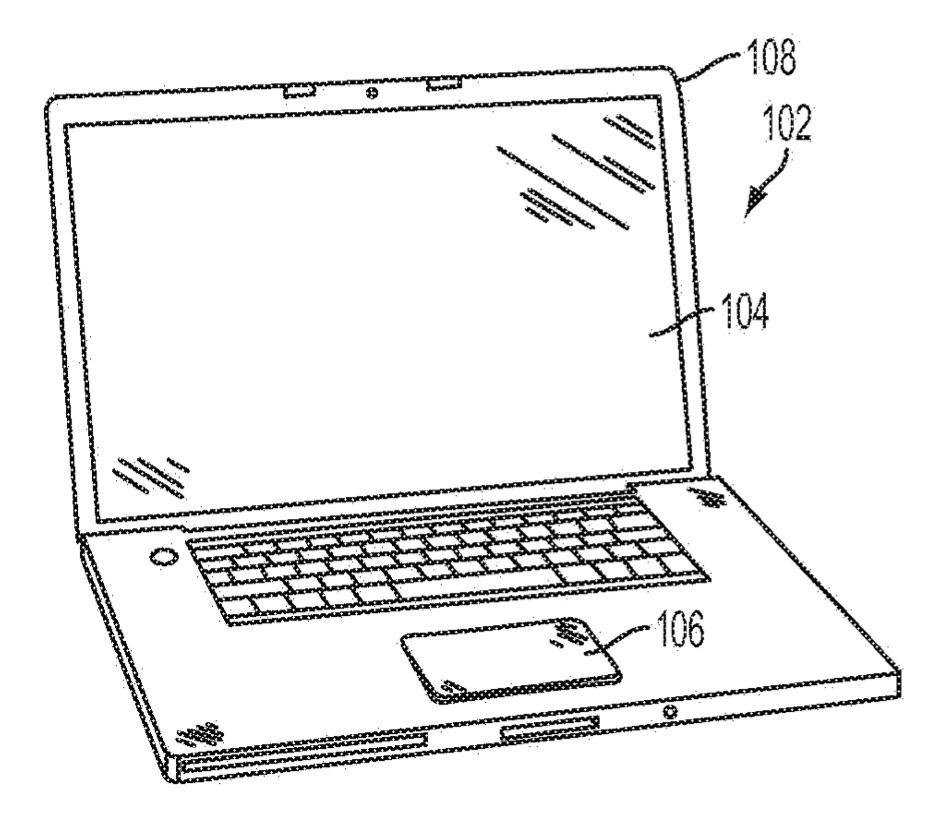Apple has filed for a patent (number 20200110505) for “multiple controllers for a capacitive sensing device” that, like some previous patents, shows the company is at least investigating touchscreens for Macs.
In the patent filing, the tech giant notes that computer monitors, laptop and notebook computers, smart telephones, tablet computers, and portable media players can be equipped with touch sensitive devices that are configured to sense touch as a user input. The touch may be sensed in accordance with one of several different touch sensing techniques, including, but not limited to, capacitive touch sensing.

However, as Apple notes, it’s easier to effectively implement such technology on smaller screens or sections such as those of the iPhone and iPad or the trackpad on Mac laptops. Still, users expect a larger touch sensitive device to be as sensitive to touch as a smaller touch sensitive device.
Apple says it can be challenging to control a large capacitive sensing device with one device controller. This can be due, in part, to the finite number of connections the device controller has to connect to the various signal lines used to control or operate the capacitive sensors of the touch sensitive device. For example, in some embodiments, each capacitive sensor in a capacitive sensing device can be formed at the intersection of a drive line and a separate sense line. The drive and sense lines are connected to the device controller, thus requiring multiple connections. What’s more, a shield in the capacitive sensing device may need to have a signal repeatedly applied to it during scanning operations. Finally, other components in the capacitive sensing elements may require control signals to operate, and these control signals may be generated by the device controller. Apple is at least looking into work-arounds.
The patent filing also hints at touchscreens for Macs, iPhones, and iPads that
Here’s the summary of the invention: “A capacitive sensing device can include multiple capacitive sensors. A first device controller is operatively connected to a portion of the capacitive sensors, while a second device controller is operatively connected to another portion of capacitive sensors. A common node or shield can be connected between the first device controller and the second device controller.
“Charging and discharging events of selected drive lines in the capacitive sensing device and/or of the common node or shield can be synchronized to reduce undesirable effects such as noise and/or to prevent the charging events and the discharging events from overlapping with each other. One or more reference capacitive sensors can be shared by the multiple device controllers.
